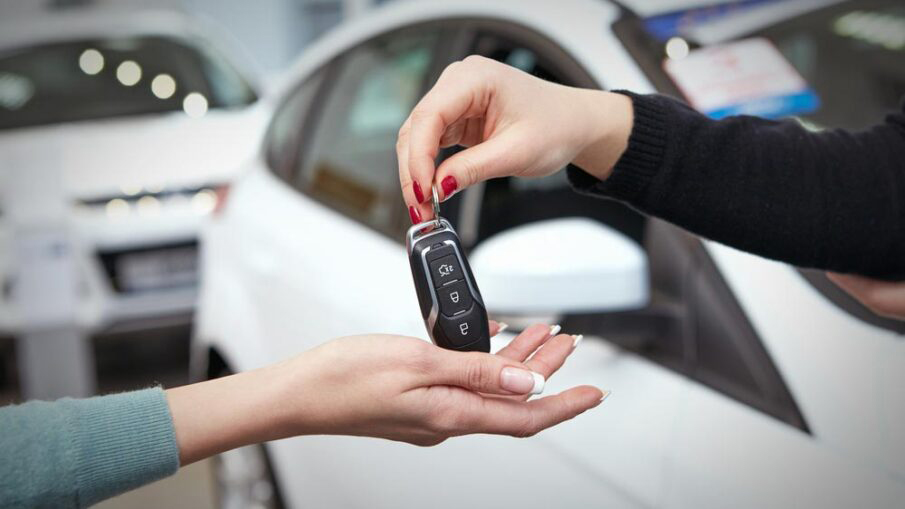Regardless of your intention to buy a car, a used one is a cheaper solution. The best way to buy a used car in Canada is to check a local dealership. You have to know what items to check when viewing the car. Although the dealership might have done their own inspection before adding the car in their inventory, you have to do an inspection to be sure. Below are things on the inspection checklist.
Documents
The logbook is the most important document to look for before you buy a used car. This document allows getting insurance for the vehicle. Check the logbook to verify that the car and number plates match. The logbook reveals how long the last owner kept the car and the list of other previous owners. The rule of thumb is never to accept buying a car without a logbook.
After checking the logbook, verify the vehicle’s Ministry of Transport (MOT) certificate. This verifies that the vehicle meets acceptable road safety and environmental standards. You should also check the period left for the MOT to expire. The car requires testing to ensure that the vehicle doesn’t come with a huge bill.
Mileage
Car mileage is the amount of wear and tear it has sustained over time. Mileage is also the number of miles reading on the car’s odometer. Fortunately, it is the easiest thing to look for before you buy used cars in Canada. Low mileage is when the car has less than 60,000 miles after 5 years. Any car with more than 70,000 is said to have high mileage.
So, you can use the mileage to negotiate the price of the car. Although you save on the initial price when you buy a car with high mileage, you are likely to end up incurring huge costs in repairs overtime. You have to get professional advice from a trusted mechanic before you commit yourself to buying any car.
Under the bonnet
Before buying a used car, check the bonnet for leaks and holes when the engine is running. Don’t forget to check the shock absorbers then push down the bonnet and release. When the car bounces back after doing this, its shock absorbers are worn. The brake fluid, power steering, and oil should all match standards with the coolant levels in great condition.
To check engine health, the quickest way to discover hidden faults is cold starting the vehicle. If it fails to start easily, the battery or starter motor has a problem. Additionally, let the engine idle to hear whether it sounds smooth and stable without lulls in power. Having a trusted mechanic to help you do this check is strongly recommended.
Interior
Check to see that all dashboard lights work correctly to be sure that the car will pass the MOT. Lights such as AVS light, engine management lights, and airbag light illuminate and turn off automatically on starting the engine. Other electrical components in the interior include radio, lights, air conditioning, and central locking system.
When checking the interior, verify the mileage as well. A car with low mileage should have its interior looking relatively new. If the seat bases, steering wheel, or side bolsters look tired or worn, then the mileage is definitely very high. To be happy with the car’s interior, check that the upholstery doesn’t have tears.
Exterior
Inspecting the car’s exterior should be in a well-lit place. This allows seeing all scratches, rust, or dents that might not be visible in pool light. Check the color of the panels to be sure that they match. In case you discover some cosmetic damage but everything else is okay, you can negotiate a lower price.
After checking the body, open and close all doors to be sure that they line up properly and hinges are not straining. Check the front and rear windscreen for cracks and tiny chips that can expand leading to a replacement. The bonnet should close and open properly while the spare tyre should be handy. Check the rear for signs of accident damage.
Wheels and tyres
When inspecting a used car, check the brake thickness, wheels, brake disks, and brake pads using a torch. Being low is fine but allows you to negotiate a lower price since you’re to replace them soon. Check all wheels including the spare for dents. All tyres shouldn’t have bulges, splits, cuts, and should have 1.6mm deep tread throughout. Uneven wear indicates poor suspension or wheel alignment. Such tyres will need replacing soon.
Test drive
The last part of inspecting a used car is taking it for a test drive. Do this for about 15 minutes on different types of roads at different speeds. While driving, look out for strange noises from the engine. Gear changes should feel smooth. The drive allows noticing anything wrong that you might have missed during a visual inspection.
Bottom line
Owning a used car comes with various advantages. The best thing is that you can get one even when you have bad credit. Before committing yourself to buying a particular used car, use the checklist above to be sure that the vehicle is a great buy or not.
